Welcome to the Capacitor Fundamentals Series, where we teach you about the ins and outs of chips capacitors – their properties, product classifications, test standards, and use cases – in order to help you make informed decisions about the right capacitors for your specific applications. After describing dielectric properties in our previous article, let’s discuss some interesting characteristics of ferroelectric ceramics.
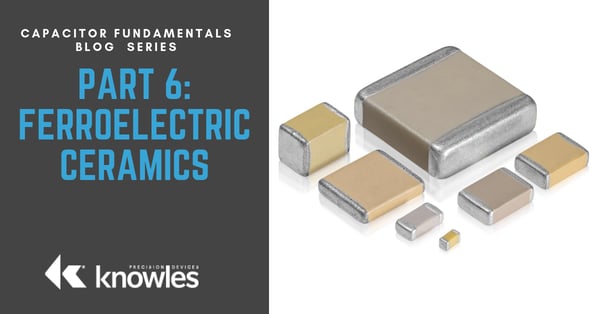
Paraelectric dielectrics have a very linear relationship between polarization and an applied electric field, such that an applied field causes displacement in the ions (i.e., ionic polarization) and then the removal of the field causes the ions to return to their original positions. However, ferroelectric dielectrics such as barium titanate BaTiO3exhibit spontaneous polarization, caused by permanent dipoles that exist without an applied field. Therefore, ferroelectric ceramics display a nonlinear hysteresis effect of polarization with an applied field.
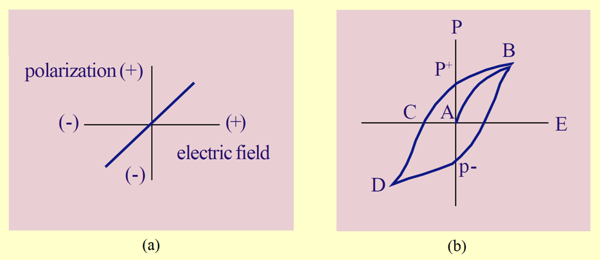
Figure 1. Polarization of linear dielectric (a) vs. ferroelectric dielectric (b)
Hysteresis Loop in Ferroelectrics
Here is a step-by-step breakdown of the ferroelectric hysteresis loop with regards to polarization versus applied electric field (see in Figure 1b):
- Point A: Upon creation, the ferroelectric domains (or areas of oriented spontaneous polarization) are randomly oriented and the material has no polarization.
- Point B:If an external field is applied, the Ti atoms in barium titanate become displaced in the direction of the field, creating a rapid and major polarizing effect until maximum orientation with the field is achieved.
- Point C:Removing the field will eliminate any normal ionic polarization, but the Ti atoms remain in their newly oriented state, resulting in a remnant polarization P+. In order to remove this polarization, an opposing field (point C) must be applied to revert half the volume of the domains towards the new field direction.
- Point D:Continuation of the field cycle inverts the polarization to its maximum, and the removal of the negative field leaves a net polarization P-.
Further cycles of the electric field retrace the original path, creating a continuous hysteresis effect. In order to reach zero polarization at 0 volts (point A) again, the dielectric must be heated past its Curie temperature to generate a new system of random ferroelectric domains.
Temperature Effect on Ferroelectric Hysteresis Loops
The hysteresis loop actually varies in shape with temperature. At lower temperatures, there is less thermal motion of atoms, so a greater electric field is required to orient the domains. At high temperatures, the applied field required for polarization decreases until it becomes nearly linear at the Curie point.
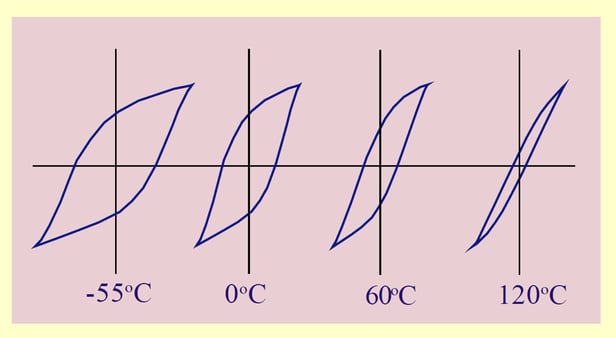
Figure 2. Hysteresis loop at various temperatures
This is caused by the different phase transformations that barium titanate goes through at different temperatures, as seen in Figure 3. At the 120°C Curie point, the material transforms from a non-polar cubic to a polarized tetragonal structure. Upon further cooling, a change from tetragonal to orthorhombic occurs at 0°C, which then transforms to the rhombohedral crystal habit at -90°C.
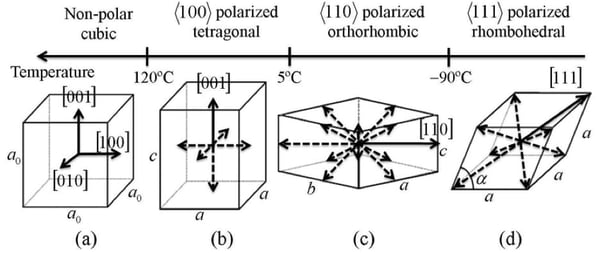
Figure 3. Phase transformations of barium titanate (source: University of Oxford)
These phase changes with temperature variation are accompanied by changes in the dielectric constant K of the ceramic. Variations in the electrical properties of BaTiO3present some obvious challenges. Polarization, and therefore the dielectric constant, is a function of the electric field intensity. Plus, the dielectric constant is highly temperature dependent, and practical applications specify stability over a -55°C to 125°C temperature range. Finally, as mentioned in a previous blog post, ferroelectric ceramics display aging and piezoelectric effects.
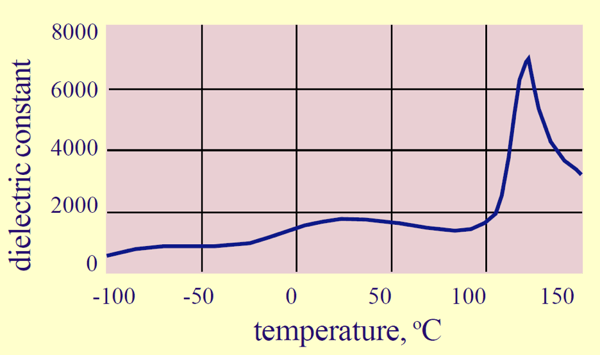
Figure 4. Changes in BaTiO3dielectric constant with varying temperature
Using Additives for Greater Stability
Fortunately, other elements can be incorporated into the BaTiO3crystal structure to modify its properties. Lots of research has gone into optimizing these materials, with the hopes of altering the dielectric behavior and temperature dependence of barium titanate.
“Shifter” additives such as SrTiO3and CaZrO3are used to shift the Curie point such that the high K properties of the ferroelectric work at or near room temperature, whereas PbTiO3is used to transfer the Curie point to higher temperatures. “Depressors” such as MgZrO3and Bi2Sn3O9depress the dielectric constant peak at the Curie point to provide a more stable K value over temperature. Other additives affect the microstructure by isolating or reducing the ferroelectric grains, thus decreasing the dielectric constant, aging rate, and piezoelectric effects. Much effort has gone into optimizing these materials and using them in careful proportions to maximize the usefulness of the dielectric for practical applications.
Hopefully, Part 6 gave you a better understanding of ferroelectric ceramics and how their properties may affect your specific application. In Part 7, we’ll be diving into non-ferroelectric, linear dielectrics and their unique behaviors. Also, check out our Knowles Precision Devices Capacitors to view our complete product offering.
To learn more about capacitors, download our ebook, A Guide to Selecting the Right Capacitor for Your Specific Application.


